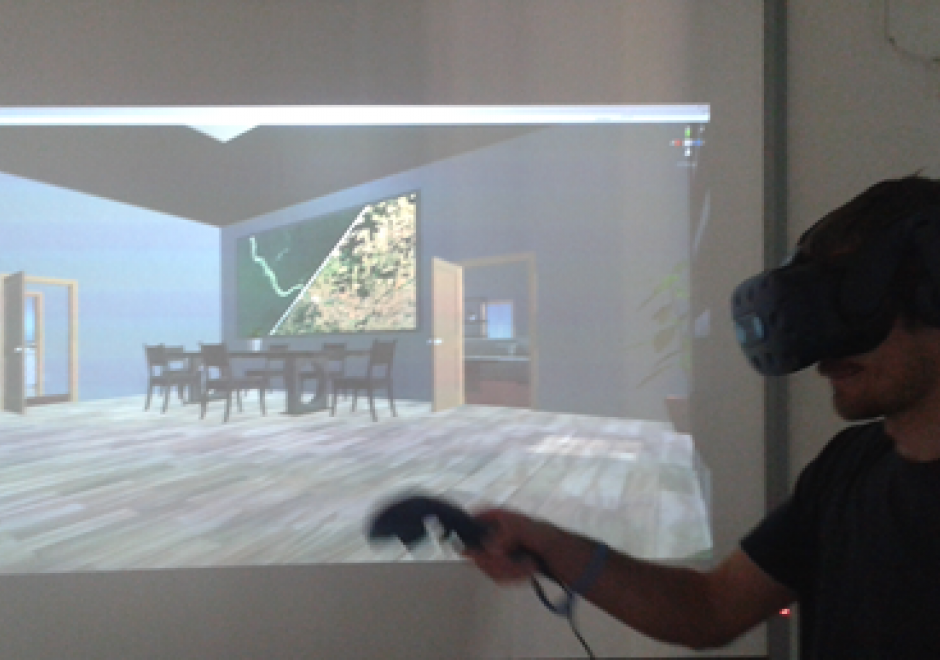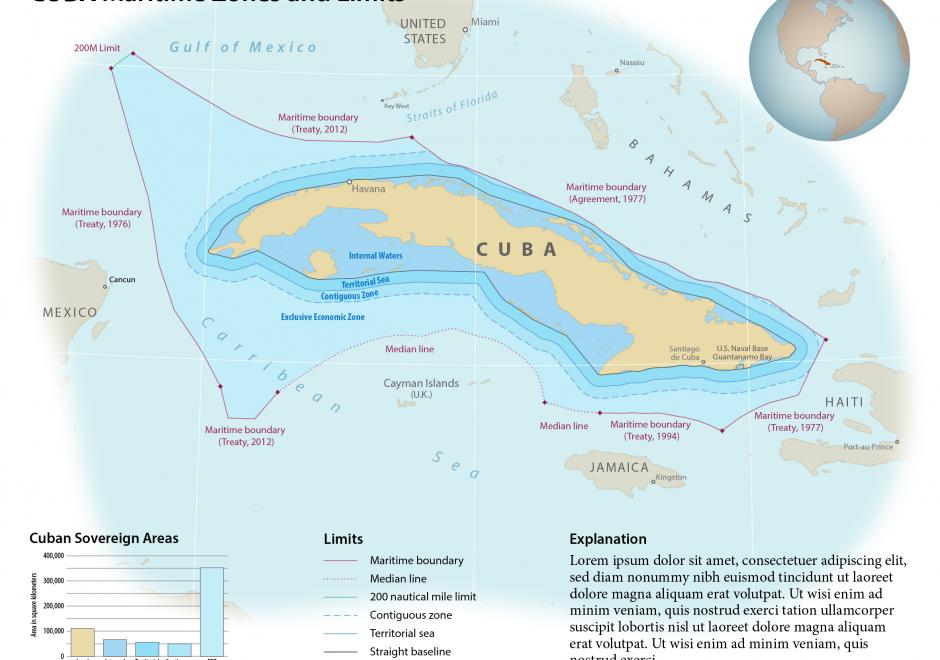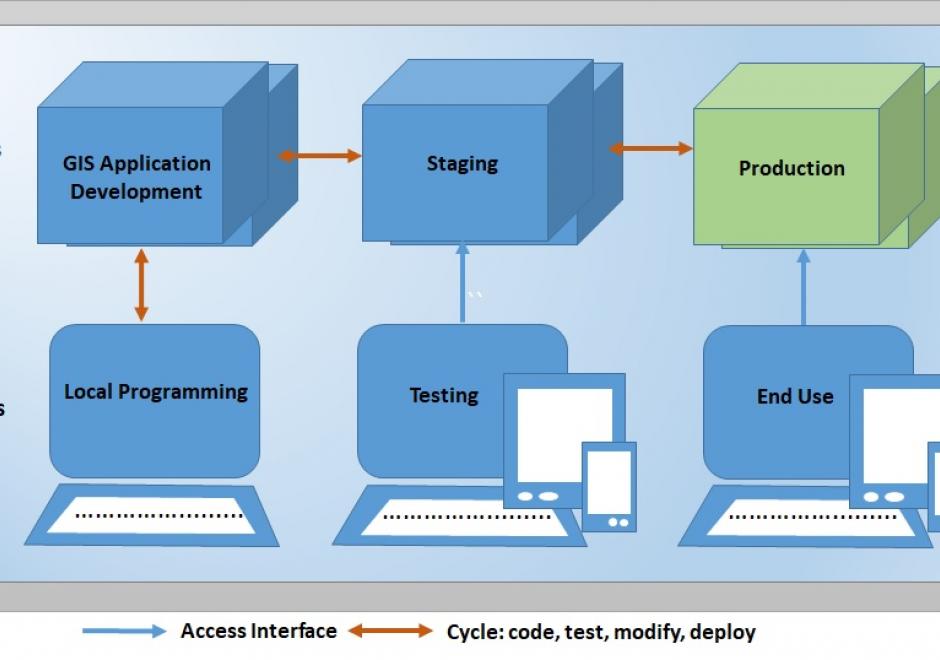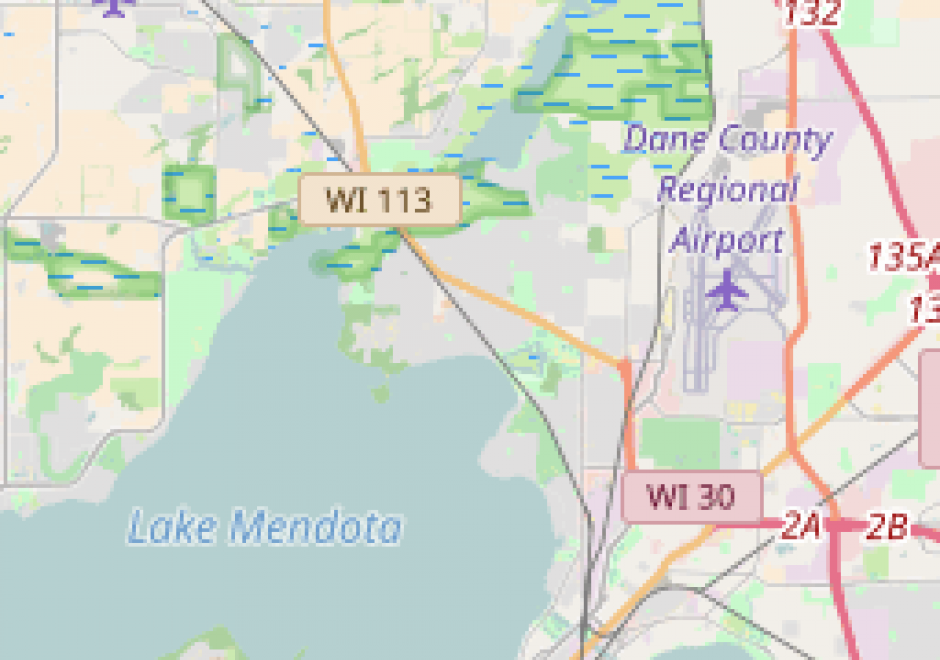AM-59 - Vector-to-raster and raster-to-vector conversions

- Explain how the vector/raster/vector conversion process of graphic images and algorithms takes place and how the results are achieved
- Create estimated tessellated data sets from point samples or isolines using interpolation operations that are appropriate to the specific situation
- Illustrate the impact of vector/raster/vector conversions on the quality of a dataset
- Convert vector data to raster format and back using GIS software







CV-03 - Vector Formats and Sources
In the last ten years, the rise of efficient computing devices with significant processing power and storage has caused a surge in digital data collection and publication. As more software programs and hardware devices are released, we are not only seeing an increase in available data, but also an increase in available data formats. Cartographers today have access to a wide range of interesting datasets, and online portals for downloading geospatial data now frequently offer that data in several different formats. This chapter provides information useful to modern cartographers working with vector data, including an overview of common vector data formats (e.g. shapefile, GeoJSON, file geodatabase); their relative benefits, idiosyncrasies, and limitations; and a list of popular sources for geospatial vector data (e.g. United States Census Bureau, university data warehouses).